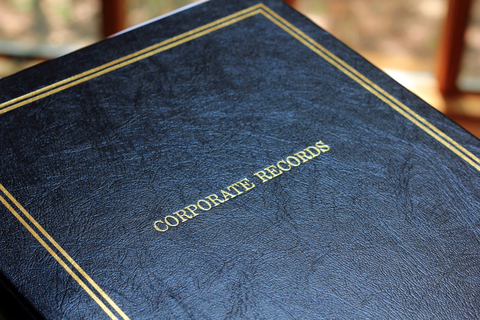Online court searching – What I’ve learned
When I first started in business, my research focused on market trends, the competitive landscape, and buyer preferences. I had little need for public records searching, especially online court documents, and chose to refer that kind of work to the experts.
Fast forward several years and, after transitioning from market intelligence to background investigations and asset research, court records became a big part of my work. In addition to training with another investigator, I attended every conference session and webinar I could find on the topic, read all the books, and kept practicing. I eventually learned to work with the challenges inherent to online court searching, rather than wishing they didn’t exist.
It’s become easier over the years, and I’ve I learned a lot about how court records work and what it means for my workflow. Here are just some of the lessons I’ve learned:
“Court system” is an oxymoron – There’s nothing systematic about court searching. Here in the U.S., every state and local entity has its own court structure (compare state courts here) and their own way of saving, organizing, and sharing records. Some courts offer everything online through one simple search, while others offer no online access. And once you think you understand how things work, it will change. Try finding court sites through Google, but often the best approach is picking up the phone.
Sometimes you get more questions than answers – Online court records generally don’t include identifying information except for a first and last name. It gets confusing, especially with common names, so you’ll spend a lot of time verifying identities of individuals and companies named in the documents. Sometimes the records reveal new names – maybe a name variation or a lead on the identity of business partner. Allow time to follow up, or include recommendations for next steps in your final report.
It’s just a first pass – Online court records are a great place to start, but it’s not all there. When there’s no room for error, online searching will tell you where to look, but then it’s time to go offline. Remember, too, that not all legal problems make it to court, and the absence of court filings doesn’t tell you the whole story. You might need to look elsewhere, so make sure to keep an open mind.
Disclaimers are your friend – Dropped records, spelling errors, date limitations, no identifying information – the list goes on. Online court searching is not an exact science. You won’t find everything online, and sometimes you can’t verify what you do find, so it’s important for clients to know that. In your conversations and final report, explain what’s included and what’s not and how it affects what you can infer from your findings. Create disclaimer templates and run them by your attorney for approval.
It’s worth the effort – With all its challenges, online court records can reveal a lot about your subject and their associates. New names, patterns of behavior, hidden assets. It’s all there if you know where to look, so spend time learning and practicing. Go beyond the docket and dig into the initial complaint, motions, decisions, outcome, and appeals. Make sure you allow time to locate the documents, and consider hiring a legal expert to help you make sense of the findings.
Interested in brushing up on your online court searching techniques – and earning CPE credits in the process? Check out my course, Online Court Searching: A How-To for Non-Legal Professionals.




Outstanding resource information in this issue !!
Thank you for reading, Rory.
Hello Marcy, is this course suited to the Australian context? I have not worked on court records here so no have existing knowledge or experience. Thank you, Susan Cunningham
Hi Susan – This course covers searching U.S. courts.